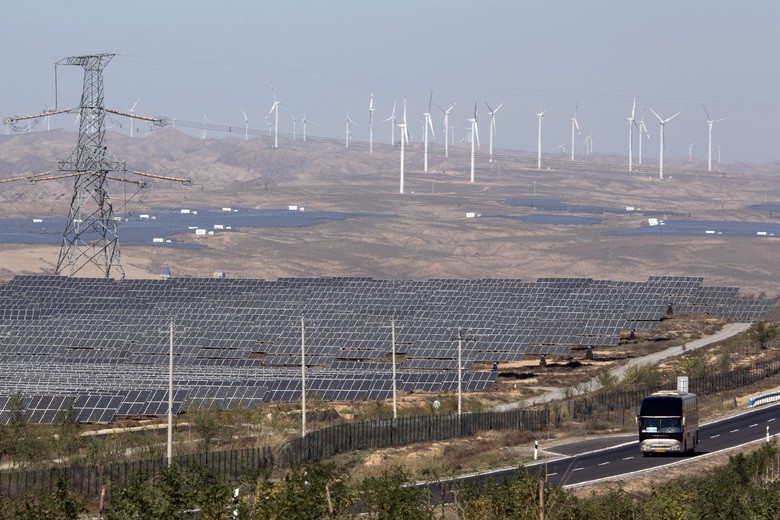The reality may not match the rhetoric, but the rhetoric is a relief.
“[China has] taken a driving seat in international cooperation to respond to climate change,” Chinese President Xi Jinping said in the Great Hall of the People at the start of this week’s Communist Party congress. “Only by observing the laws of nature can mankind avoid costly blunders in its exploitation. Any harm we inflict on nature will eventually return to haunt us. This is a reality we have to face.”
From 2010 to 2015, China’s per capita CO2 emissions grew from 6.7 tons to 7.54 tons, making the country the world’s biggest emitter of climate-warming greenhouse gases.
In 2015, China was cajoled into committing to peak CO2 emissions by 2030 at the latest. It pledged to lower the carbon intensity of its GDP by more than 60% below 2005 levels by 2030. There is evidence that China’s CO2 emissions may have peaked more than a decade ahead of its Paris Agreement commitment. All that could make China a model for other countries when setting their own climate-change agendas.
Now the reality. The cap-and-trade market that China promised to set in motion the first half of 2017 has stalled. Seven pilot cities traded permits for 120 million tons of carbon dioxide worth 3.2 billion yuan ($492 million) by last September, but the market is not likely to become operational before the first quarter of next year.
Market designers are struggling to build a reliable and fair system that covers all firms; there is incomplete data in sectors like paper-making and disagreement about how carbon emission quotas should be allocated. China’s industrial sector, dominated by state conglomerates, can often outsmart regulators and laws.
And China’s nationally determined contribution, made as part of the Paris climate agreement, is not yet ambitious enough to keep global warming to below 2°C, let alone 1.5°C. That would require emissions to decline as quicklyas they increased in the 2000s.
“China is absolutely investing…large sums of money in renewables like solar and wind,” Christopher Balding, a professor of economics at Peking University, told CNN. “However, they are also investing enormous sums in building even more coal-fired plants not just in China but around the world. The rhetoric does not match the reality.”











